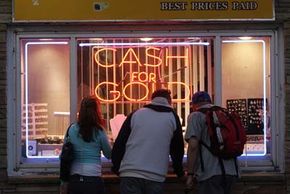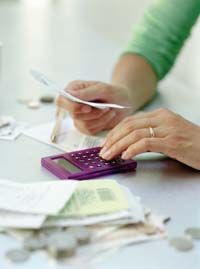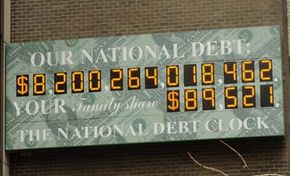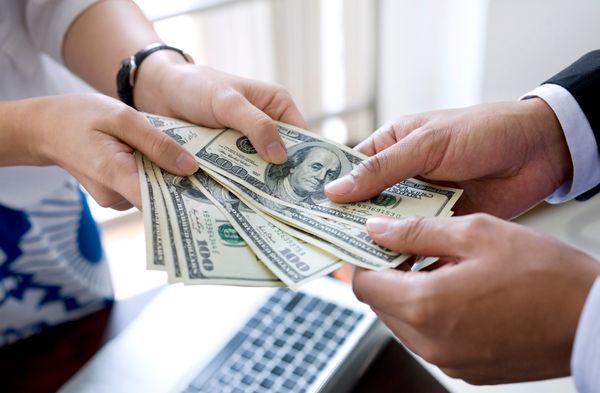The world is drowning in debt: personal debt, national debt, credit card debt, mortgage debt. Doomsday economists predict an imminent debt crisis that will plunge the world into another Depression, and TV talk shows are stuffed with experts extolling the latest scheme for living "debt-free."
But what exactly is this monster called debt that's sucking up all of our income, ruining our credit scores and making politicians sweat? Is debt always a bad thing, or is a little debt necessary to achieve some of life's most important financial milestones, like buying a home, a car, and paying for a college education?
Advertisement
In this HowStuffWorks article, we'll explain the difference between good debt (yes, it exists), bad debt, consumer debt and public debt, and even offer some advice on how to get out of debt.
Debt and credit are two sides of the same coin. Debt is something owed and credit is something given, usually in the form of money. A person who receives credit is the debtor or borrower, and the person who gives credit is the creditor.
To receive credit, the debtor must enter into a contract with the creditor specifying the terms by which the debt will be repaid. This contract is often called a loan.
The terms of a loan include the amount of time the debtor has to repay the full amount and the interest he will be charged over that time. Interest is a fee charged by the creditor, calculated monthly or annually, and expressed as an interest rate, or percentage of the principal. The principal is the amount of money borrowed, minus any payments that have already been made (excluding interest payments).
The most common types of consumer debt are credit card debt, home mortgages, home equity loans, car loans and student loans. Besides consumer debt, there's something called public debt. Public debt is money owed by governments. We'll talk more about consumer and public debt later on.
Other debt classifications are secured and unsecured debt. A secured debt is backed by collateral, or something of real value. A mortgage is a secured debt because the loan is backed by the value of the house itself.
Credit card debt is considered unsecured debt, because there is nothing of value backing the debt, only the borrower's credit history. If the borrower can't make his credit card payments, he has to find a way to come up with the money, which could mean borrowing more debt. This is why credit cards and other unsecured debt are the most dangerous types of debt to accumulate.
Advertisement







